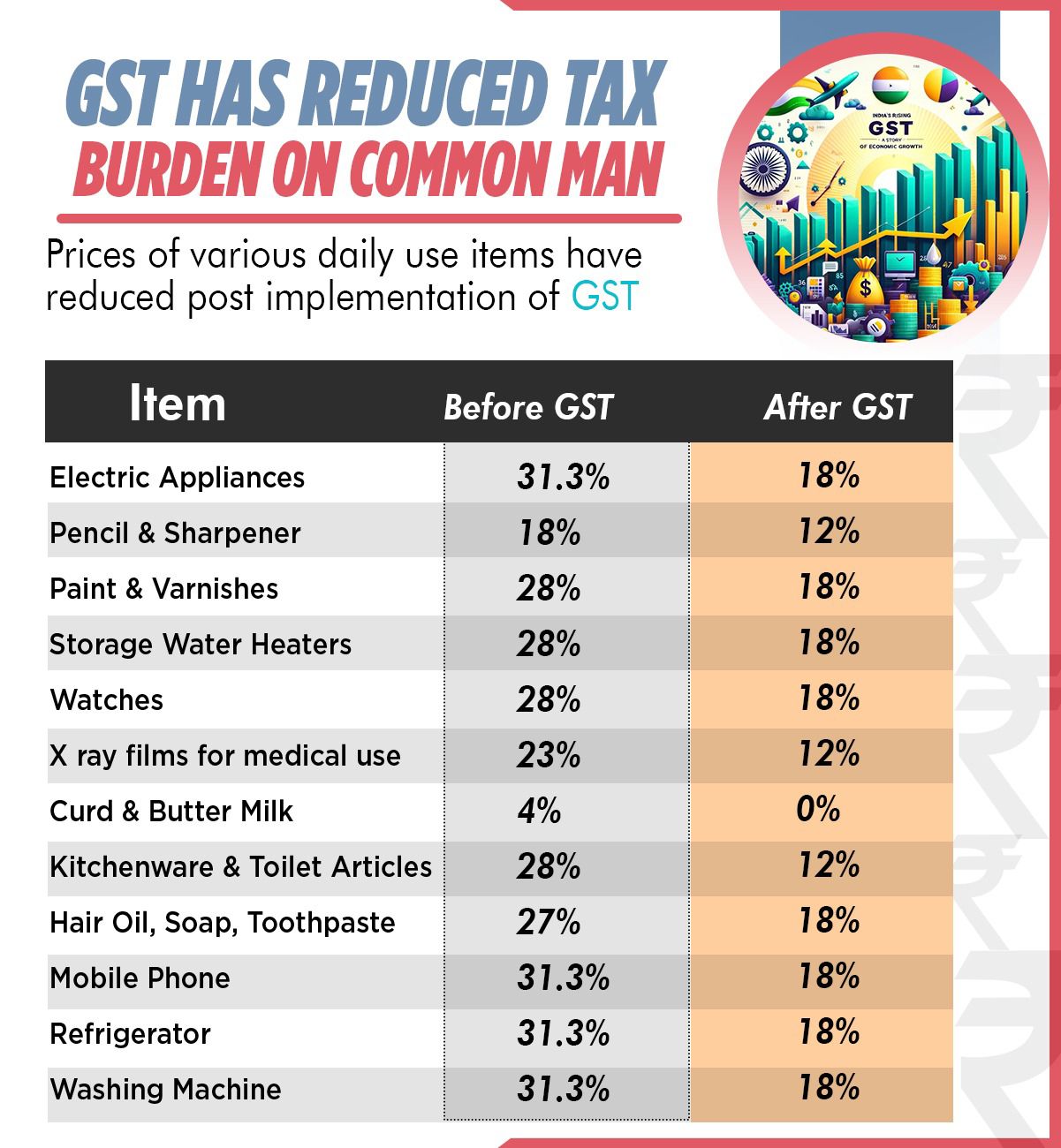1) Context and Key Idea (why this reform matters)
“GST 2.0” is the next phase of the Goods and Services Tax. The goal is to make taxes simpler to understand, fairer across sectors, easier to comply with, and faster to resolve disputes.
Recent context: the 56th GST Council (early September 2025) signalled a shift toward a two-rate structure (broadly 5% and 18%), with phased implementation from late September 2025.
The reform also focuses on turning the GST Appellate Tribunal into a working system so that appeals are decided quickly and predictably.
2) Clear and Practical Pillars of Reform (exact changes expected)
Fewer tax slabs with clear mapping: Move to a small number of rates and publish a single, example-rich classification guide so businesses know the correct rate.
Clean input tax credit and faster refunds: Spell out eligibility clearly and promise time-bound refunds, especially for exporters and small firms.
Stronger and faster dispute resolution: Make the GST Appellate Tribunal fully functional with e-filing and strict timelines to reduce pressure on High Courts.
Simple, trust-based compliance: Expand electronic invoicing and data checks to curb fake billing, with safe-harbour guidance so honest taxpayers are not harassed.
Centre–State financial balance: Keep settlement of revenue shares transparent so States feel secure during rate changes.
Roadmap for items outside GST: Consider a phased entry for some fuels and energy products (for example, natural gas first) to reduce “tax on tax” in logistics and manufacturing.
3) Likely Positive Outcomes (if implemented well)
Smoother life for consumers and businesses: Fewer rates and better examples mean fewer billing errors and less price confusion.
Support for demand: Rational rates on common goods can lift everyday consumption, especially in smaller towns.
Make-in-India push: Fixing inverted duties and speeding refunds frees working capital, helping factories and exporters.
Relief for small businesses: Clear rules plus safe-harbour norms reduce notice fatigue and encourage formalisation.
Faster closure of disputes: A functioning tribunal cuts pendency and brings predictability.
Better data and stable revenue: Smart analytics focus on evasion while leaving compliant filers alone.
4) Risks and Transition Frictions (what to watch carefully)
Short-term stress for States: If collections dip after rate cuts, some States may seek compensating cesses, which reduces simplicity.
Delayed price pass-through: Old, higher-tax inventory may delay price relief to consumers.
Temporary spike in disputes: Re-classification and credit questions may rise until tribunal precedents settle.
Residual rate mismatches: Some pockets (textiles, chemicals, footwear components, etc.) may still face input > output mismatches unless corrected.
Compliance creep: If digital checks are not paired with clear guidance, small firms may face over-noticing again.
Items still outside GST: Keeping major fuels out keeps logistics costs high and prevents full supply-chain neutrality.
5) What Should Be Done Next (practical steps that make GST 2.0 work)
Publish a “gold standard” handbook: A single, up-to-date HSN-wise guide with plain examples, aligned with advance rulings.
Make the tribunal deliver on time: Staff benches, allow virtual hearings, and notify strict timelines for admission, stays, and final orders.
Smooth rate transitions: Temporary support for old stock and credits so lower rates reach consumers quickly.
Fix inversions item-by-item: Prioritise textiles, footwear, auto parts, renewable inputs, and other flagged sectors.
Compliance with trust: Expand e-invoicing and analytics, but publish safe-harbour norms for small firms and avoid routine notices.
Phased plan for fuels: Start with natural gas or aviation turbine fuel, supported by a clear revenue-sharing formula.
6) Exam Toolkit (quick cues + mains questions with hints)
One-line definition: “GST 2.0 is India’s next-stage indirect tax reform to build a simple, predictable, and neutral system with two slabs, clean credits, quick refunds, and a time-bound appellate process.”
Mains Q1 (250 words):
“The promise of GST 2.0 lies in simplicity and certainty. Explain how the two-slab regime and a functional GST Appellate Tribunal can improve demand, support manufacturing, and reduce litigation. Flag key risks and how to manage them.”
Hints: Two slabs; handbook; clean input tax credit and quick refunds; tribunal timelines. Risks: State revenue stress, delayed pass-through, transition disputes, residual inversions, fuels outside. Solutions: transition support, item-wise fixes, safe-harbour.
Mains Q2 (150–250 words):
“Quality of GST implementation matters more than headline rate cuts. Do you agree? Substantiate.”
Hints: Stable rules, clean credits, quick refunds, predictable appeals, and supply-chain neutrality drive investment more than nominal rates.
One-line wrap
GST 2.0: Judge success by simplicity, predictability, and real-economy linkages, not slogans.
Start Yours at Ajmal IAS – with Mentorship StrategyDisciplineClarityResults that Drives Success
Your dream deserves this moment — begin it here.




